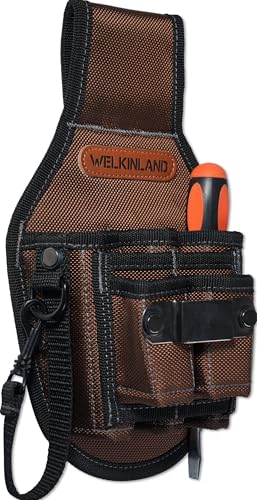- Joined
- Sep 8, 2024
- Messages
- 289
Okay. Well in that case, I have a second MCU inbound still as I ordered two. I guess I could just swap that in as is, unopened and see what codes show up.You could still swap it, your original DTCs should be replaced with VIN mismatch errors if the original contoller board is also defective
Car won't move though right if the chassis numbers don't match? So I'll have to reprogram it if so before it will move?
Man.. I hope my FULL CHIP arrives soon...














































